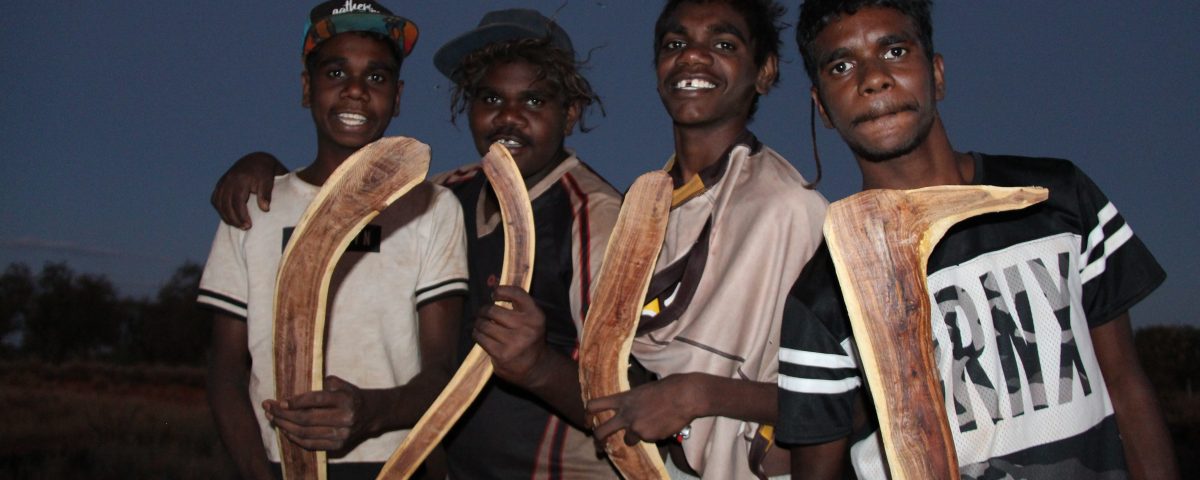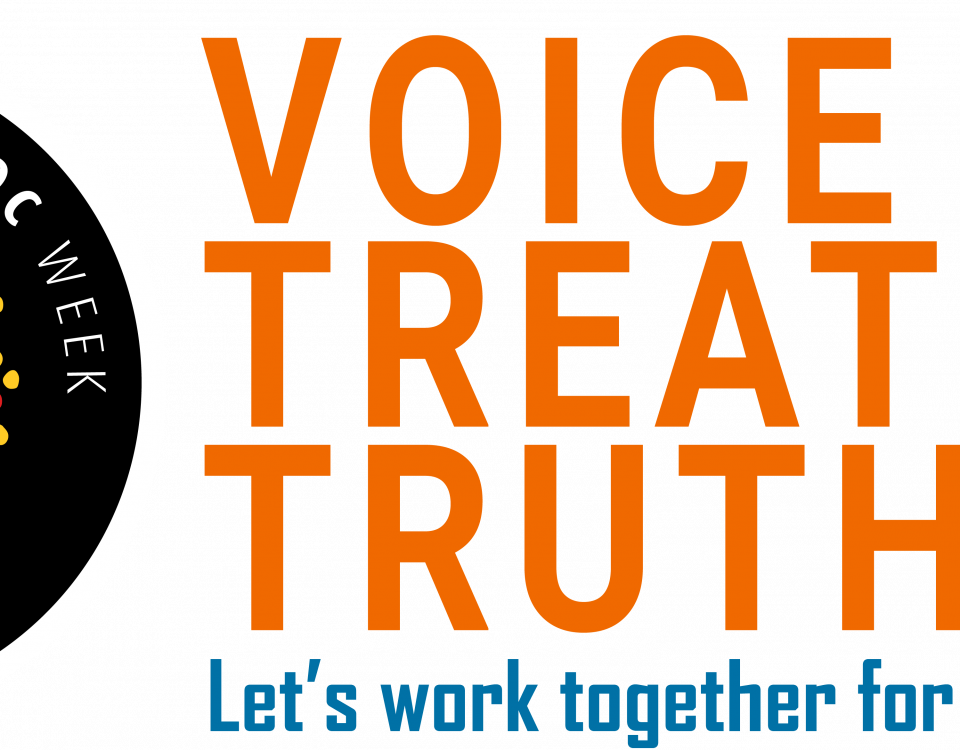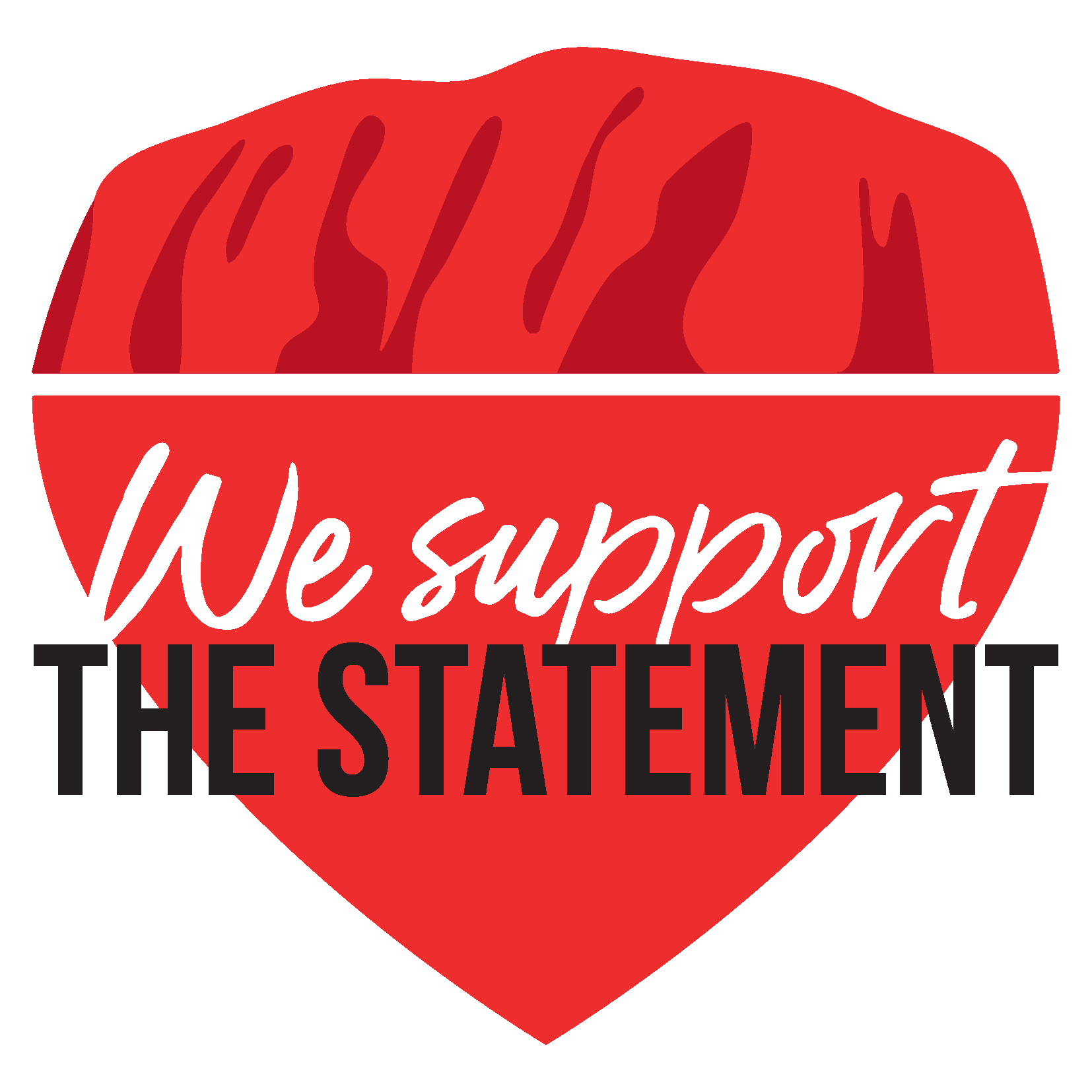
“The time is now”
May 27, 2019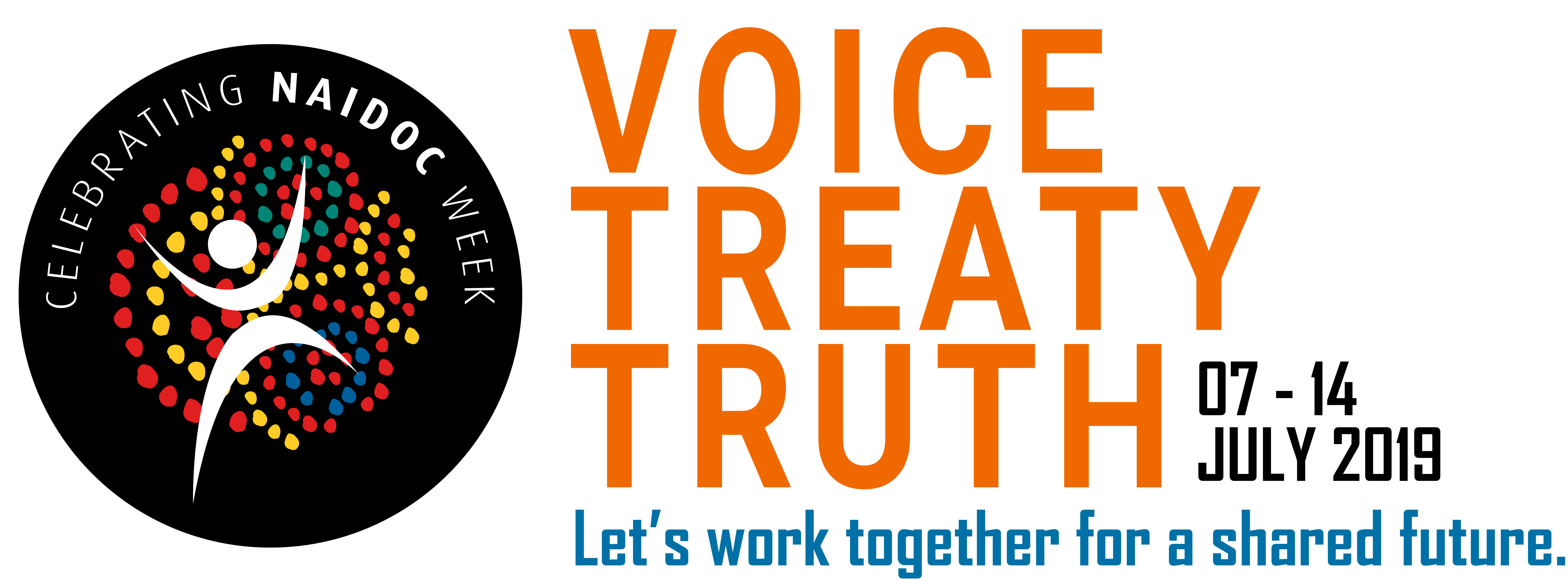
VOICE, TRUTH, TREATY
July 10, 2019As published in ‘Alice Springs News Online’, 13 June 2019
By PAMELA NATHAN with JAMIE MILLIER TJUPURRULA
Images courtesy the Men’s Tjilirra Movement.
We know all the children in detention in the Northern Territory are Aboriginal. As of June 2019 there were 24 children in detention, 22 boys and 2 girls. Eleven of them are in Don Dale – the centre that the Royal Commission said was not fit to house juveniles and should be closed immediately – and 13 are in Alice Springs youth detention. Sixteen of them are on remand, while eight are sentenced.
We know that the suicide rate for Aboriginal youth is high, particularly among males. We know the suicide rate in the NT is the highest in Australia. We know domestic violence has ravaged families. Aboriginal women comprise the highest proportion of victims of domestic violence.
What perhaps is less well known is that these rates reflect longstanding trauma of manifold losses, social turmoil and oppression. People are not born mad or bad; often they become bad when their pain is unrecognised.
For the Aboriginal people of Central Australia, a 60,000 year old civilisation has been challenged first by colonialism and dispossession from their traditional lands, followed second by modernity’s affront to traditional ways of life, including their nomadic and interdependent relationship with the land. More recent challenges have come from government intervention.
Successive governments – promoting assimilation – developed missions, settlements, and interventions, including those in which “stolen generations” of children were removed from families under the guise of protection.
Then in 2007, the Federal Government enacted the Northern Territory National Emergency Response, in the name of protecting children from abuse, giving the Federal Government wide control over Aboriginal lands, families, Law and community governance and services.
Cultural assimilation continues in the present day. Minimal government assistance is given to cultural revival and maintenance. So too persists child removal. Children are continuing to be removed from families to foster care. Children can be ‘funnelled’ through the youth justice system. Children are, as we know, being deemed criminally responsible as young as the age of ten in the Northern Territory.
This is the ground on which we are working. What do Aboriginal people say about it? They have spoken to us about their “hurting hearts”, of “weakened spirits” and of the need to “wake up strong”.
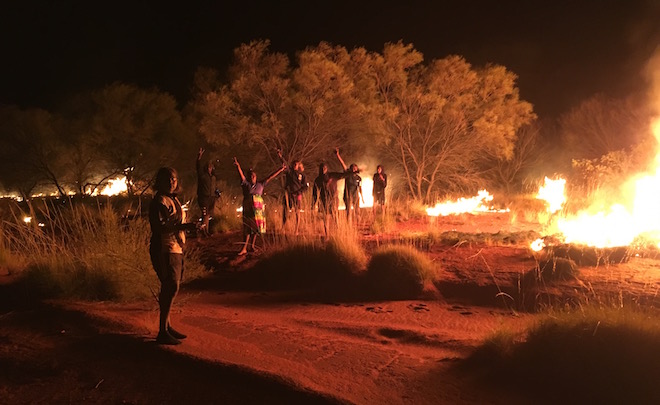
An Aboriginal leader, JJ, told us: “We all throw up our hands, we live under constant threat and constant sorry business and everyone asks ‘what to do?’ as the gaols and the hospitals are all full and our people are homeless.”
Another leader, S, said: “The cycle continues and it gets wearing.”
JJ continued: “People are never happy. There is so much constant sorry business, always problems. People are deadened or despairing.”
Kumunjayi Granites said: “I speak your language but you don’t speak mine.”
One mother whose child was removed said: “They’re ‘hurting’ if they are not with their mothers. They want to be with them!”
Another woman went on to say in an anguished voice: “The mother wanted to be with her son and the son wanted to be with his mother.”
Many Aboriginal people say they want their children to be with them, to rehabilitate on country with their leaders and families and not have them detained far away in detention. Mt Theo stands as a somewhat singular but pinnacle example of Aboriginal people helping to heal their youth on country and enabled with funds to do so.
As one Countryman said: “We want our young people to pick up their law and culture but too much whitefella business being mixed up. Our country is medicine for our people.”
In response we have worked with them to create the Men’s Tjilirra Movement (MTM).
Embedded in ancient culture, Tjilirra are traditional tools of hunting, ceremony, Aboriginal Dreamtime, and Law such as shields, boomerangs and spears that were confiscated under western law as weapons.
In the western desert, one of the headmen explained the critical importance of making their tjilirra on their ancestral lands: “If we do not have these we have no language, no culture. We have nothing. We are nothing. It’s our history. A part of us.”
It “makes us proud” to make them, he said.
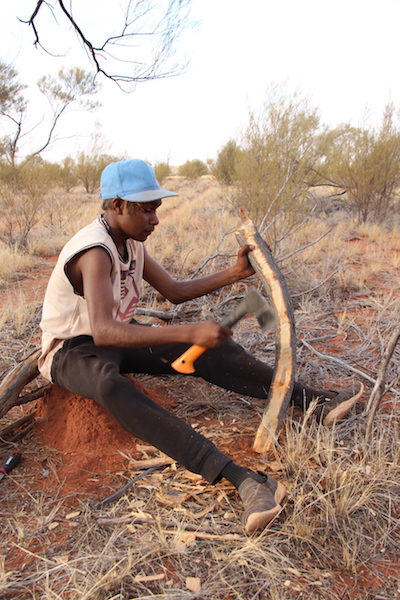
The making of tjilirra ensures cultural continuity, revival and healing. Martin Jugadai, a ngangkari (traditional healer) who founded the MTM with us, says: “Making tjilirra is special, it is the spirit of our grandfather inside you.”
Almost a whole generation of younger men have not been ‘given’ knowledge due to substance usage and criminal incarceration. Both generations speak about a disconnection between them. The younger men talk about their struggles and how they need to learn the traditional ways.
The younger men have called on their elders to teach them about the Law and Lore and the making of traditional tools. As one young man said: “We need to learn because at the moment we are losing everything to drugs, marijuana, and grog.”
The elders want to teach the young men. These men want legacies to hand down to their children, their cultural legacies, which can extinguish the legacies of trauma. Martin Jugadai says: ‘It’s time to learn all of the stories, before they’re gone with the old people.’
The Men’s Tjilirra Movement supports this important answer for intergenerational trauma, achieving new tools for living. A key objective of the MTM is to facilitate cultural revival and strengthen generational connections by the elders giving knowledge to the younger generation. The MTM is cultural healing. The making of tjilirra on ancestral lands heals as the Land holds the people and their spirit strong.
There are NO other cultural healing programs on remote communities in the western desert which support community determined, local, cultural solutions led by the elders for the youth.
The heart of the MTM lies in Australia’s remote central and western desert region – Kintore / Walanguru(Perentie Dreaming), Mt Liebig / Amunturrngu (Willy Wagtail Dreaming), Haasts Bluff / Ikuntji, (Centipede Dreaming), and Papunya/Warumpi (Honey Ant Dreaming).
MTM has been facilitated by an organisation focused on psychology, known as Creating A Safe and Supportive Environment (CASSE). Director of its Aboriginal Australian Relations Program, Pamela Nathan, a forensic and clinical psychologist and psychotherapist, has worked in Central Australia for nearly forty years on and off. In the early days this was with Central Australian Aboriginal Congress alongside Kumunjayi Dick Lechleitner Japanangka, while MTM initially collaborated with the Royal Flying Doctor Service.
CASSE has a unique, culturally competent team on the ground, starting with Martin Jugadai. Martin’s brother Walter Jugadai from Mt Liebig is now working with Jamie Millier Tjupurrula, an initiated man who was taught by Whiskey Tjapaljarri to make the traditional tools. Jamie is the Program Manager of MTM.
Jamie has lived on these communities for over a decade. His relations with the people are built on mutual respect and years of trust. He is not a stranger. He is known to the people in kin, place and songline.
The MTM program is delivered in language and the team always use a trauma informed frame when working with the men. Their consulting room is on country, along songlines and waterholes.
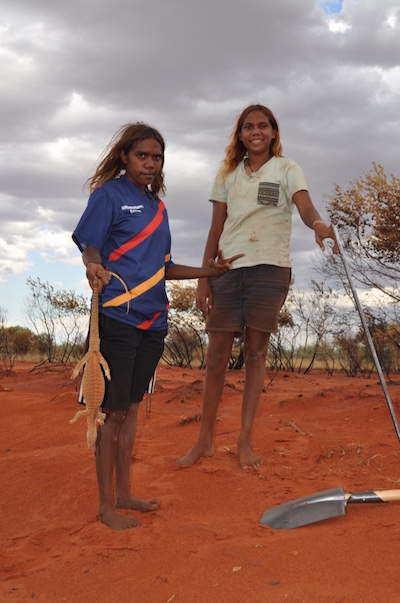
The team visits each community for a week on a rotational basis. Jamie meets with the elders at the outset of each visit. The next day MTM picks up youth and elders and they travel on country to find mulga to make tools. They then spend the day making the tools.
They use small axes and kantikanti (rock) to file the traditional tools; no power tools. The men may connect to or sing ancient songs, tell stories of the Dreamtime and follow the songlines.
They may talk about the “problem life” and about jail time, away from family and country, and how to create a new life without imprisonment and suicidal death. They may talk about the challenges of living in two worlds. They may decide to camp out for the few days.
Two short films have been made by the men about the MTM program and about living in two worlds and about how to Wake Up Strong. [ed: watch here https://youtu.be/Fuk7CxSv6Wk and https://youtu.be/FVLRffKaxLo)
Two community ceremonies have been held, both for the first time in years. The first one was held at Mt Liebig in the face of a young man nearly suiciding.
MTM has engaged over 600 men, women and youth including suicidal youth and youth on diversion with the remote communities of the western desert. Dozens of cultural camps have now been held.
Overall, MTM’s psychological impact can be evidenced in the changing emotional states of its participants in ‘making the spirit strong on country’, the containment of violence and the reduction of suicide and crime, leading to strengthened generational connections and closer families. Cultural competency is a strong indicator of social and emotional well-being. MTM changes minds and saves lives.
The MTM is now increasingly contracted by local government and other stakeholders to engage with local Aboriginal communities. MTM has worked with Walytja, WYDAC, Papunya Tula, MacSafe, Youth Services MacDonnell Regional Shire, Central Land Council, CDP, Ingkintja-CAACAC and more.
The making of tjilirra symbolize continuity in being, affirmation of cultural worlds, kinship relationships, differences, transmissions, and transformations. They symbolize recognition of an Aboriginal world for Aboriginal people, and in surviving colonialism are a testimony to the resilience of Aboriginal people. The making of tjilirra is an emotional and cultural experience of recognition for young and old men and for the community. Tjilirra are symbols of hope, of tradition, legacies, identity and belonging. With the continuity of traditional life comes continuity in conceptions of a good life, using traditional anchors and emergent new ways “waking up strong”.






